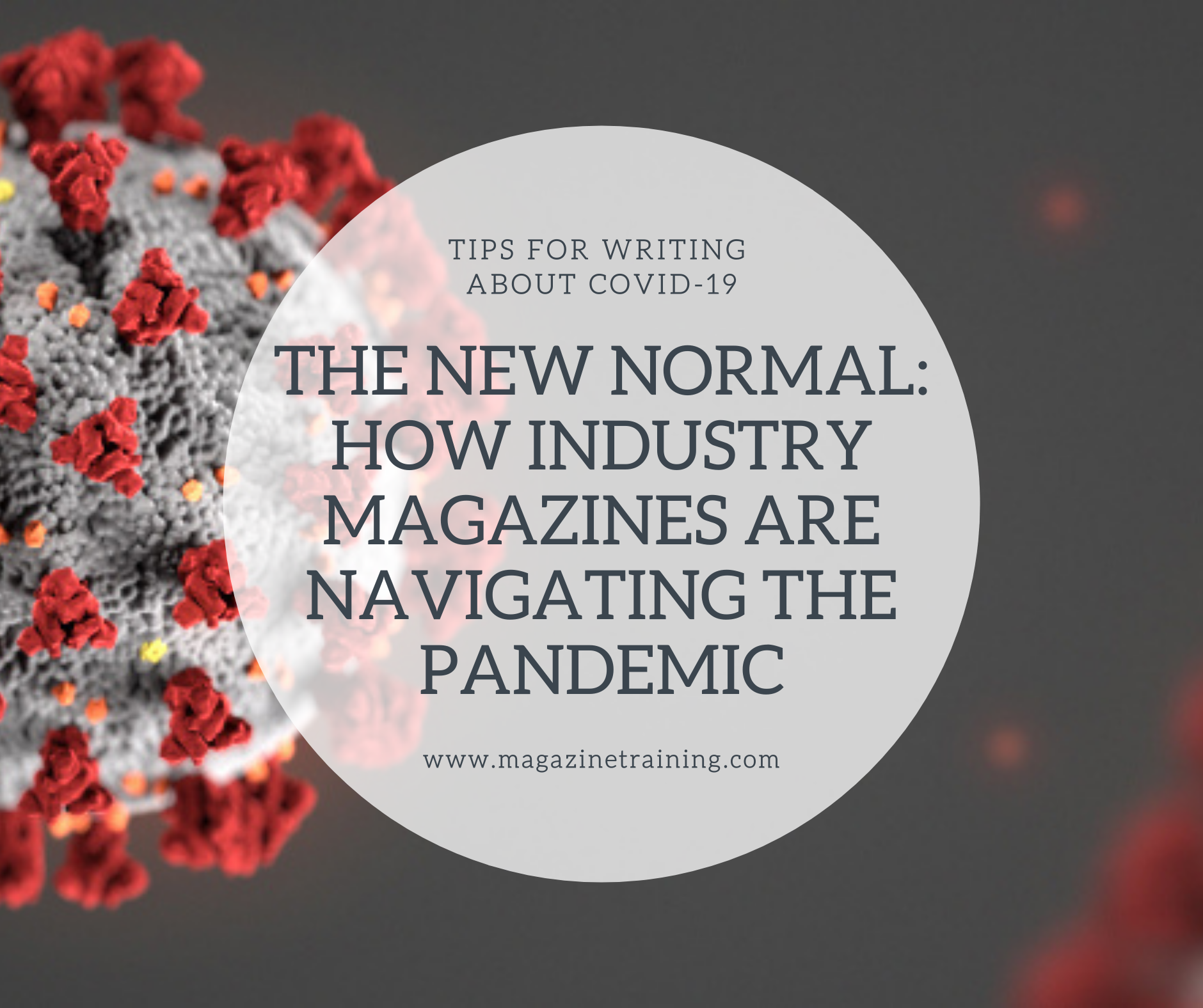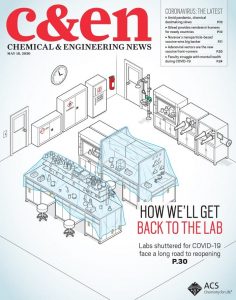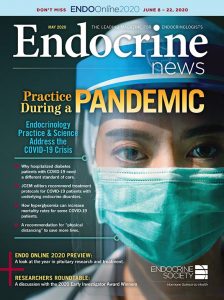
From diving head-first into webinars to making up for suddenly irrelevant editorial calendars, leaders at five magazines tell us how they’re making it work.
The extent to which the COVID-19 pandemic will impact publishing is still coming into focus, and, as our content director noted last month, will likely take years to fully assess.
Absent the luxury of planning years, months or even weeks into the future, publishers of all sizes have been forced to make important decisions quickly to adapt to the moment and remain valuable to their readers, especially those whose magazines serve professionals in explicitly defined industries, many of which are facing unprecedented disruptions of their own.
“It certainly took a huge toll on our industry and our revenue streams, and we had to really make some decisions,” says Rich Luna, director of publishing at the meetings industry association MPI and editor-in-chief of its flagship publication, The Meeting Professional. “We decided to stop printing the magazine. Whether it’s temporary or not, we don’t know yet, but at least for the near future.”
Although internal surveys suggest most readers prefer the print product, Luna says the shift to digital-only was partially driven by logistics; most members were getting the publication sent to their offices. But with lower production costs, The Meeting Professional was also able to distribute the digital edition not just to MPI members, but to anyone who has signed up for a webinar or an online course or attended an MPI conference in the past, doubling its distribution from 50,000 in print to 100,000 for the digital edition.
“They might not be members, but they certainly are part of our community,” Luna says. “We really felt it was important to get the news out on what’s happening within our industry to as many people as possible.”
For a publication that had, in recent years, been focused on ramping up the amount of original content it published online, the shift to a digital edition was a windfall, Luna says. In the first week after the digital May issue debuted, pageviews, sessions and unique visitors tripled, compared to previous months.
“What we’re hearing from members is that we can’t give them enough information right now, as long as it’s relevant and insightful and well reported,” he adds. “I’m an old newspaper guy. I believe in the value of print. We feel the magazine is a good quality product and a great member benefit, so it was letting a piece of us go in some ways. But what we’ve learned is that engagement is changing in terms of how people consume news and information. We provide it to our readers when they want it and how they want it, and clearly right now the digital platforms are what are getting a lot of attention.”
Like The Meeting Professional, Chemical & Engineering News (C&EN), the official publication of the American Chemical Society, has seen a “huge surge” in traffic, says editor-in-chief Bibiana Campos-Seijo, setting records in April and May, with much of that traffic coming from non-ACS members.
Still, the need to make up for a forecasted 10–25% drop in advertising revenue persisted, even within a not-for-profit organization, but any risk of potentially undermining the magazine’s membership-based model by opening up COVID-related content to the public was not much of a consideration.
“It was a pretty easy decision, in my mind,” Campos-Seijo says of the move to place COVID-19 coverage outside the publication’s metered paywall. “In a way, our members are sponsoring this service to the public. I think that’s totally appropriate.”
For one thing, C&EN has added a donation page to its website for the first time, asking readers to support the publication’s non-profit science journalism. Campos-Seijo says C&EN is also capitalizing on traffic from new readers by attempting to funnel them into the publication’s free e-mail newsletters, which she says have gained more than 10,000 new subscribers.
“We are making that very visible, and seeing that as a first step in terms of turning those readers into regular readers and potentially loyal readers. So now it’s a matter of nurturing those readers and offering them things like webinars.”
Observing a continued desire from advertisers to see their brands associated online events, C&EN has been producing sponsored webinars, one of which Campos-Seijo says drew over 2,000 viewers, as well as smaller, more interactive “table talks,” aimed at younger audiences and with limited participants, focused on topics like coping with mental health issues, or completing doctoral theses when access to labs or other workspaces is limited.
“It’s something that we can do very easily, because we’re already producing the coverage,” she says. “It’s just a matter of getting one of our journalists to sit down with a couple of sources and select a good topic.”
Like each of the publications we spoke to for this story, Campos-Seijo said the shift to remote work has been relatively smooth, adding that video conferencing has been useful not just for productivity, but for ensuring staffers’ mental wellbeing and maintaining a sense of camaraderie that publishers can’t afford to lose in all of the commotion. In addition to Zoom happy hours, she says, the C&EN team has had a Zoom graduation party, and even three Zoom baby showers.
At Endocrine News, the monthly magazine published by the 100-year-old Endocrine Society, the sudden forced cancellation of the annual ENDO 2020 conference in March left a gaping, 16- to 18-page hole in its April issue.
“We have 18,000 members, a mix of physicians and scientists, so we had to find stuff that would appeal to both of those constituencies,” says editor Mark Newman, noting that Endocrine News has just two full-time editors on staff, plus three freelance contributors.
That lean team responded by reaching out to individuals to find out about what they were seeing, and how their jobs and lives had changed during the pandemic, outreach which yielded material for a 4,000-word print feature about how scientists, researchers, lab techs and PhD students are coping and adjusting.
By Greg Dool, Folio
Related posts
Category: Magazine publishing, Tips
“It’s time to launch creative solutions to increase staff size and resources without sacrificing quality — and do it with an eye to the uncertain […]
Magazine Training International’s mission is to encourage, strengthen, and provide training and resources to Christian magazine publishers as they seek to build the church and reach their societies for Christ.



